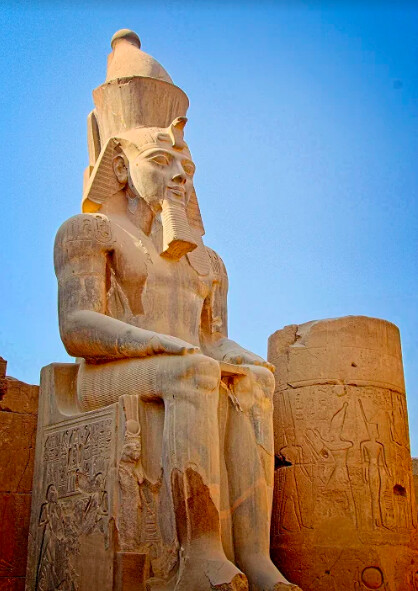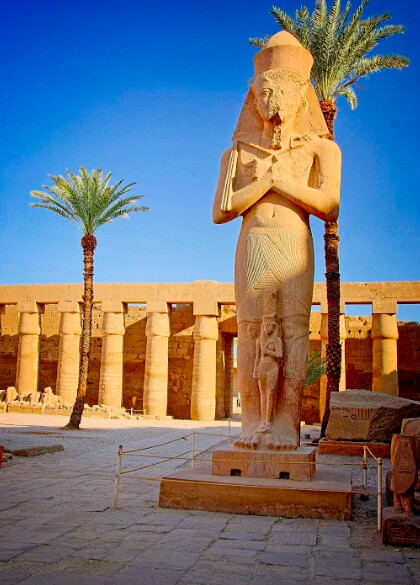BY
“How could I have been so foolish as to have missed this until now?” I asked myself one day while 785 miles south of Cairo visiting Abu Simbel, down near the Sudan border, in an area where the ancient Egypt of the pharaohs once stood looking out toward the ancient Kingdom of Nubia.
As I looked up at four colossal sandstone statues of the great Egyptian King Ramses II seated upon his throne wearing a huge double crown signifying reign over both Upper and Lower Egypt, I felt the same way I felt the first time I gazed upon such wonders as the pyramids, the Great Wall of China, the Taj Mahal, or the effigies of Easter Island.
I had been to Egypt twice before, but only to Cairo to see the pyramids and explore the Egyptian Museum of Antiquities. Now I realize that just isn’t enough. To truly appreciate Egypt, you have to look beyond the pyramids.
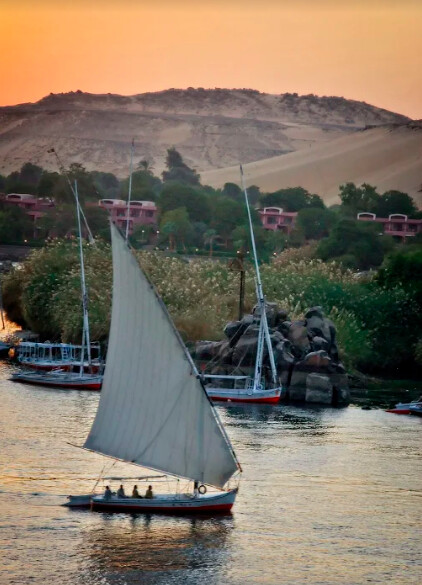
The four gigantic figures of Egypt’s longest-reigning pharaoh tower 66 feet high and are set against a 108-foot-high façade recessed into the side of a cliff—an absolutely incredible work of ancient Egyptian art that rivals the pyramids.Not many steps away, a smaller temple is flanked by six 35-foot-high alternating statues of Ramses II and his favorite wife Queen Nefertari, portrayed as the goddess Hathor. Both the larger Temple of Ramses II and the smaller Temple of Queen Nefertari were erected in the 13th century BC to impress and intimidate visitors traveling from southern Africa with this stunning display of the grandeur of Egypt and the greatness of Ramses II. Later abandoned, they remained buried for centuries until discovered in 1813 by a Swiss explorer who noticed their heads sticking out above the sand.
Nearby, on the west bank of the Nile, we visited the Valley of the Kings (best known for the early 1900s discovery of the more than 3,000-year-old tomb of Tutankhamen) and the Valley of the Queens.Tombs of many rulers and family and nobility were carved deep into hard rock in these valleys by rulers who preferred that to pyramids. Also in this area the magnificent Temple of Hatshepsut, ancient Egypt’s only female pharaoh, stands in a great amphitheater at the foot of a sheer limestone cliff; you’ll also find the Colossi of Memnon, two faceless 60-foot-tall enthroned statues of Pharaoh Amenhotep III, one of which the ancient Greeks and Romans believed emitted a singing sound each dawn.
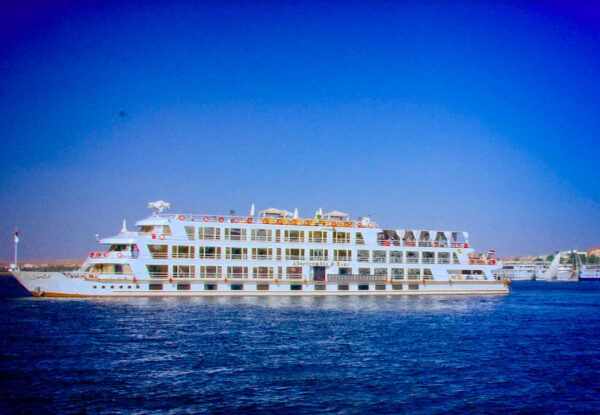
My cabin on Sun Boat IV—the ship has 36 cabins plus four suites—was unusually spacious, with full-width floor-to-ceiling windows, a decent-sized ensuite bathroom, and a very comfortable bed.It was nicely decorated and included a color satellite TV and a direct-dial international telephone.Internet access was available on ship as well.This beautifully refurbished ship, superbly furnished and decorated in contemporary style with Art Deco influence, has a chic lounge area and bar, a well-equipped gym, a good library, a small pool, two spacious sun decks, and a comfortable restaurant featuring picture windows so you can take in the scenery while dining.Activities onboard included a slide presentation by our professional Egyptologist guide, an authentic Egyptian folklore performance, and a party for which we were each provided a souvenir “galabeya,” the traditional Egyptian outfit, to wear.The food—a wide selection of American, Continental, International, and Egyptian—and the service were outstanding.Between the Luxor area and Aswan, we stopped along the Nile to visit three additional sites.At Edfu, we visited the Temple of Horus, the falcon god.At Kom Ombo, we visited a Greco-Roman temple, where one half is dedicated to Horus the Elder, or Haroeris, a falcon god combined with a god of light whose eyes were the sun and the moon, while the other half is dedicated to the crocodile god Sobek. In the Aswan area, we visited the magnificent Philae Temple, site of an especially beautiful temple shrine honoring the greatest of Egyptian goddesses, Isis.
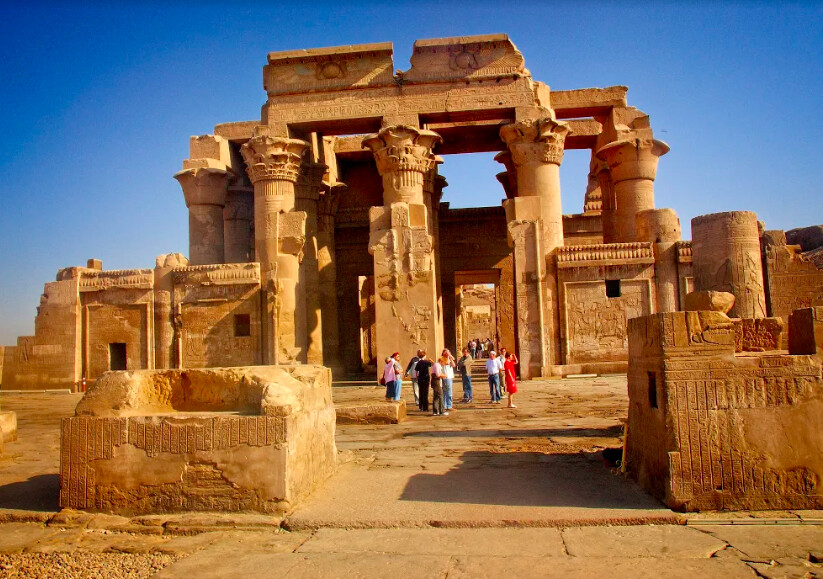
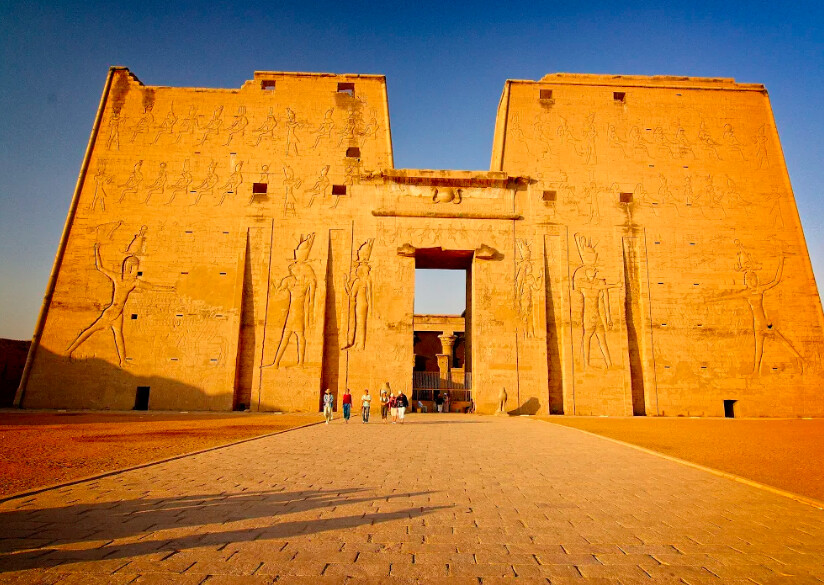
Wherever we went, our Egyptologist guide brought history to life by carefully explaining the significance of wall etchings and deciphering for us many of the things written in hieroglyphics.Sometimes during the trip, I’d sit on the deck of Sun Boat IV, sipping coffee in the morning or having afternoon tea, pondering the wonders I had seen thus far and soaking up views of the Nile. Small, distinctively Egyptian sailboats called feluccas sailed by carrying people or materials or even animals; a lone farmer toiled his small plot in the fertile soil near the shore of the great river; a youngster rode along a shore path on a donkey, swishing a palm branch against its side, making it move along faster—scenes surely no different from what I would have seen had I been there centuries earlier.What a wonderful way to experience Egypt!
If You Go
Information: A number of leading tour operators serve Egypt. My trip was through Abercrombie & Kent (AbercrombieKent.com, 800-554-7094).Best time to go: During winter.It’s extremely hot in Egypt in the summer.
Republished with Permission The Epoch Times SUBSCRIBE
Get Citizensjournal.us Headlines free SUBSCRIPTION. Keep us publishing – DONATE



